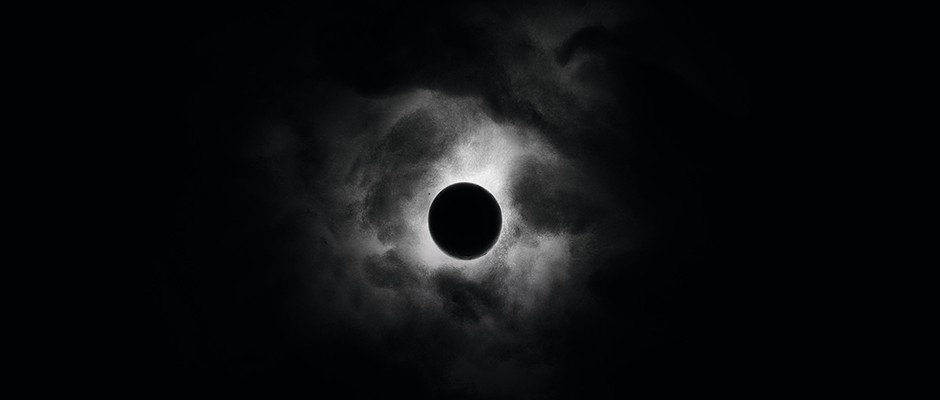
What would it mean for biodiversity on Earth, if the Moon was completely black?
If the Moon couldn't reflect the Sun, there would be no moonlight.
A matt black Moon would still raise tides but would pass almost invisibly across the sky. Apart from the variation between the height of spring and neap tides, it would be impossible to tell the phase of the Moon.
This circalunar rhythm is a very important timing signal that many creatures use to synchronise their behaviour. Corals on the Great Barrier Reef, for example, use the full Moon as the trigger for their annual mass spawning. This ensures that all the polyps have their eggs and sperm in the water at once, which increases the chance of successful fertilisation.
Birds also use the lunar cycle to synchronise migrations. For example, the seabird Barau’s petrel arrives at its breeding ground on the island of Réunion, in the Indian Ocean, at a different time each year depending on the weather and feeding conditions, but all the birds always arrive together on a full Moon.
What makes the full Moon so useful as a timing cue is that its brightness dramatically increases on the night of the full Moon itself, compared with the nights on either side. This is due to the opposition effect, where shadows on the surface of the Moon (cast by craters and mountains) suddenly disappear when the Moon is lit directly from the front.
Moonlight is more than just a clock though. Even though it is less than one-thousandth of 1 per cent as bright as daylight, it is still 1,000 times brighter than starlight alone. Without the help of moonlight, nocturnal animals would be restricted to those able to navigate by touch or by echolocation.
The earliest mammals appeared when the daylight hours were dominated by dinosaurs. Mammal vision was, and still is, specially adapted to work well in moonlight. Without the ability to operate at night, mammals might not have evolved at all!
More like this
Read more:
- What would happen if there were no Moon?
- What would happen if the Earth became tidally locked to the Sun?
- Is it coincidental that the human menstrual cycle is about the same length as the Moon cycle?
- What would happen if all the salt in the oceans suddenly disappeared?
Asked by: Jakob Kaye, Dumfries and Galloway
To submit your questions email us at questions@sciencefocus.com (don't forget to include your name and location)
- This article first appeared in issue 374 of BBC Science Focus Magazine – find out how to subscribe here
Authors

Luis trained as a zoologist, but now works as a science and technology educator. In his spare time he builds 3D-printed robots, in the hope that he will be spared when the revolution inevitably comes.
Sponsored Deals

May Half Price Sale
- Save up to 52% when you subscribe to BBC Science Focus Magazine.
- Risk - free offer! Cancel at any time when you subscribe via Direct Debit.
- FREE UK delivery.
- Stay up to date with the latest developments in the worlds of science and technology.




